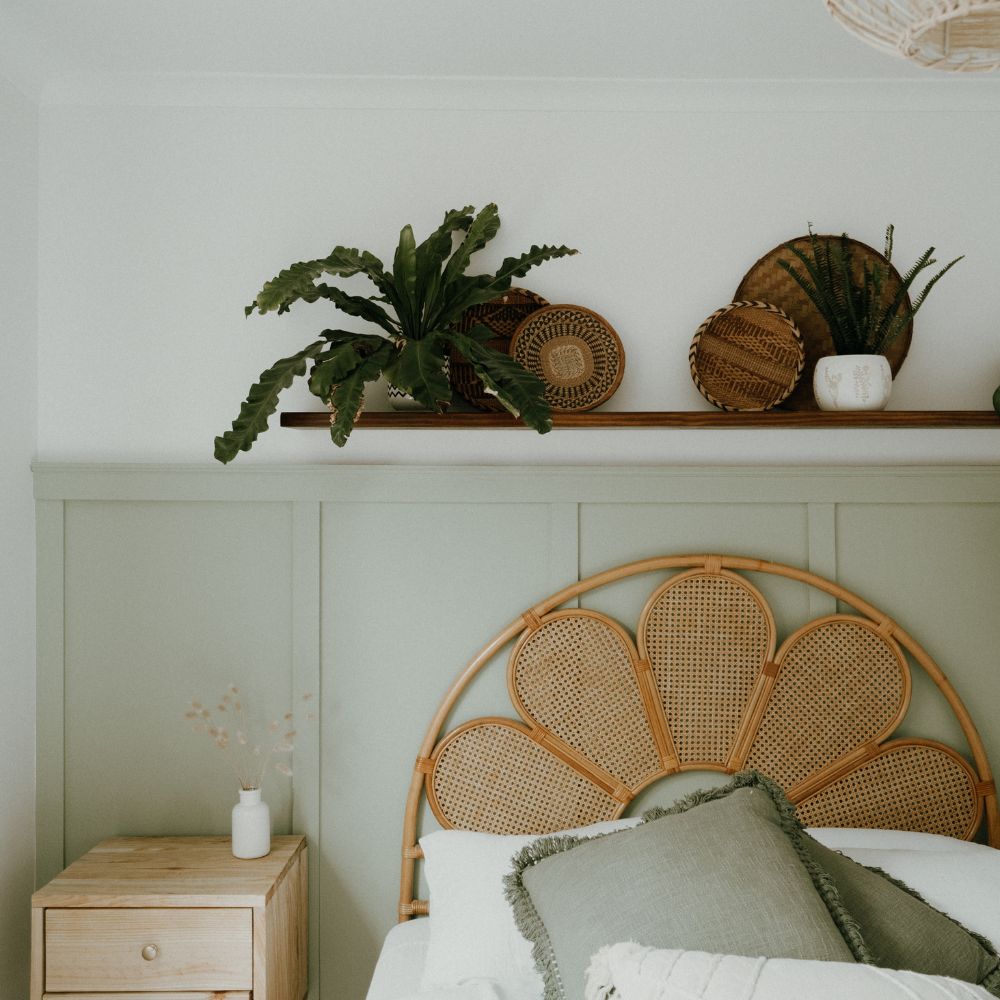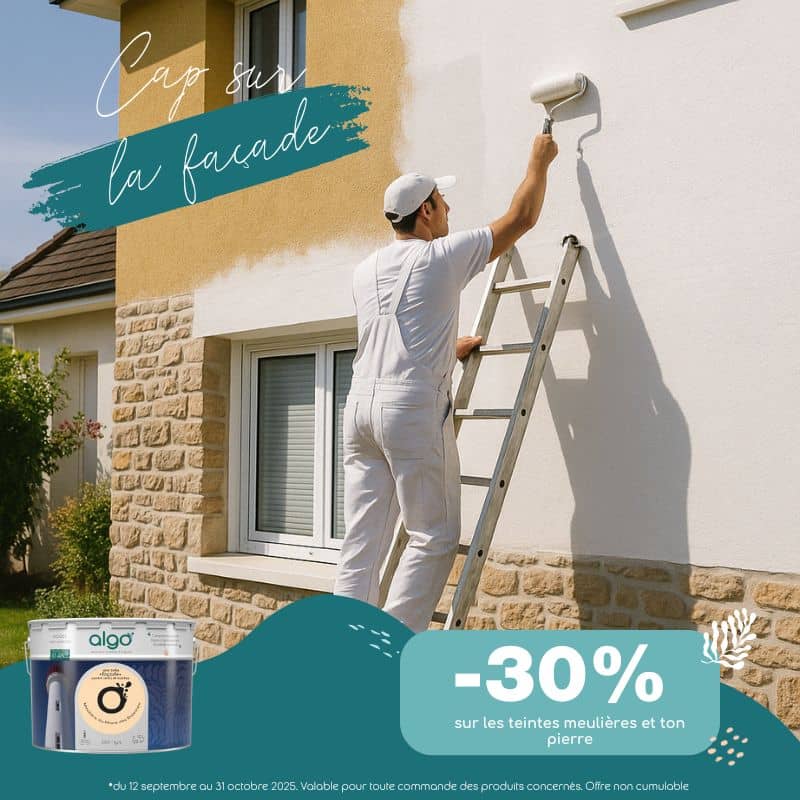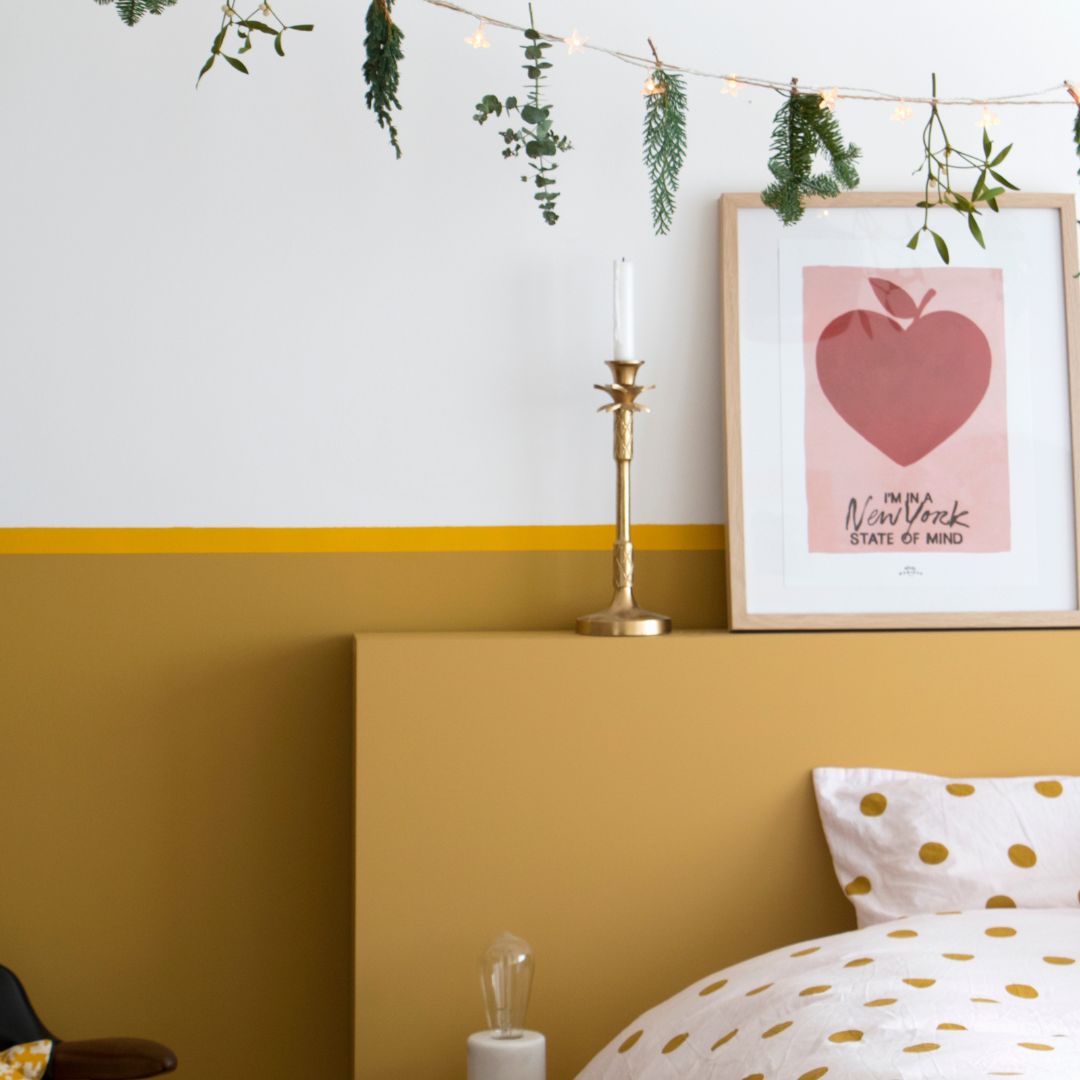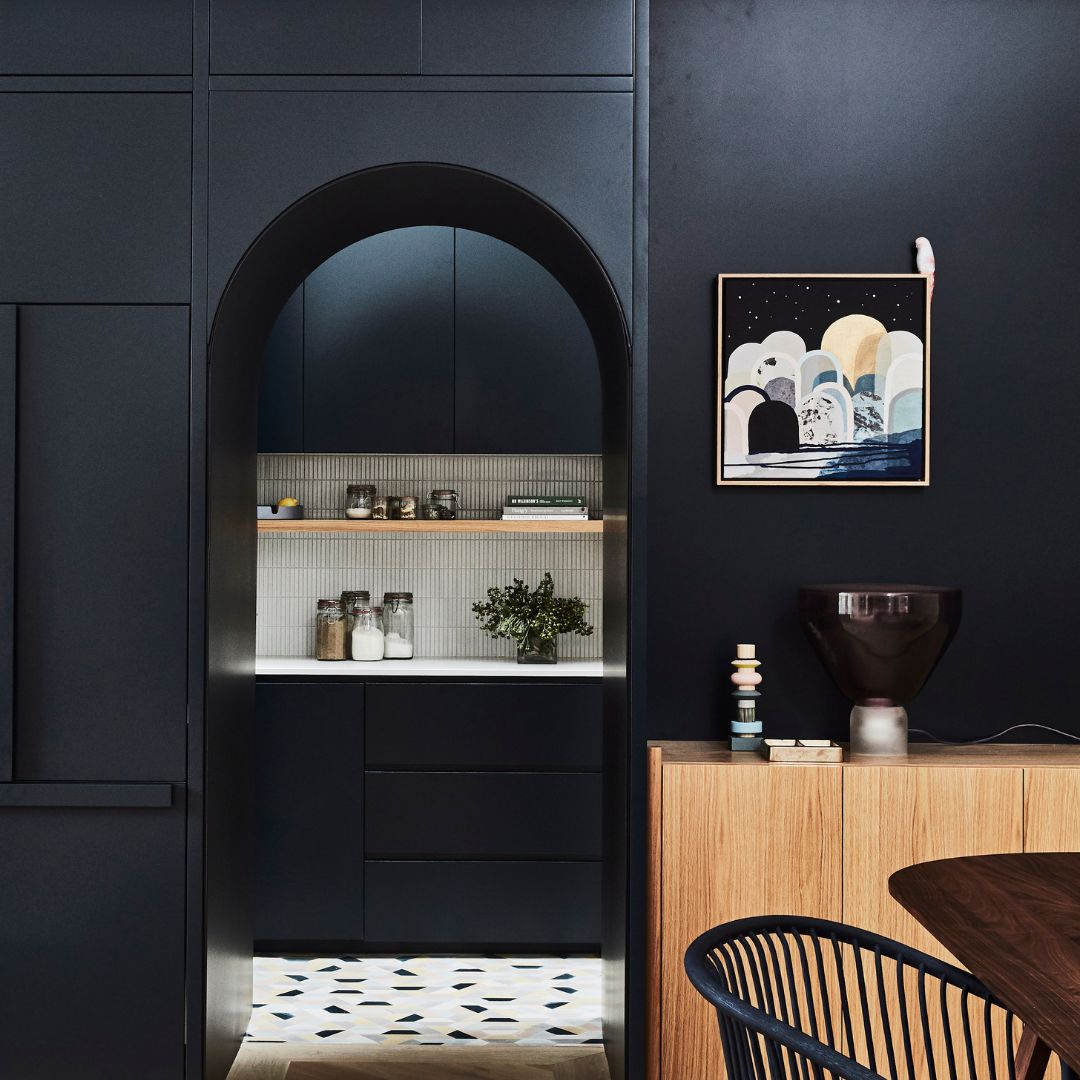Painting the walls of your home white is a popular option for many reasons: the first is the universality that this color offers to your interior.
It is also an asset to promote the visual sensation of a wider space, and of greater brightness than with any other shade.
The application process does not differ depending on the color, but it is always interesting to know how to apply white paint in your interior regardless of the room and wall supports. To vary the colors, you can find our terracotta paint .
If you want to paint or repaint the walls of your home white, then you've come to the right place: this guide is for you!
Choosing the right shade of white
We have a dedicated guide on this topic regarding choosing the right shade of white for your home. While the application methods remain the same regardless of the shade of white you choose, it's important to keep in mind that they don't all have the same purpose.
Depending on the type of room and the atmosphere you want to highlight in your interior, the choice of white is a strategic element: if you live in small spaces, choosing a pure white may seem relevant.
In spaces with little natural light, warm white is a real alternative: its warm side will contrast with the coldness of a space that is not very bright and therefore not always welcoming.
Off-white, on the other hand, remains a major asset in common living areas such as the bedroom or living room, for example.
As you will have understood, white is more subtle than it appears, even if you can undeniably apply it in all rooms of the house.
Make sure you have the right tools to prepare the surface to be painted
Here is the list of materials needed to prepare your wall to be painted white:
- a cloth and/or a sponge
- fine-grit sandpaper
- a 14mm microfibre roller to apply the undercoat and a fine-bristled brush to clear the corners
Prepare your surface before painting
Yes, preparing the surface to be painted is an essential step for successful work and especially for obtaining the most beautiful result possible.
Applying the paint is only the last step, and preparing the surface plays a large part in the success of your project.
Cleaning your wall is the first thing to do: remove dust, cobwebs, stains and dirt with a slightly damp cloth and a sponge.
A clean wall will prevent possible adhesion problems and avoid imperfections.
Sanding is also important: using sandpaper will “break the grain” and potentially remove paint already on the wall.
A roughened or sanded surface will improve paint adhesion.
The last step is to apply an undercoat: this will hide any remaining stains, make the surface uniform and, above all, improve the paint's adhesion.
This is one of the reasons why we systematically recommend using an undercoat.
A protective tarp and masking tape are also very useful to protect the equipment in the room and to avoid problems with drips.
How to paint and apply white paint?
The tools needed to apply white paint
The first thing to do is to check if you have all the tools you need to carry out your work.
To carry out your work with complete peace of mind, we recommend that you have a flat tray to pour the paint into, a handle and a microfibre roller (preferably 14mm), and a brush to clear the corners.
Using a tarpaulin on the ground will be a real plus to protect the floor and your furniture and the use of smooth masking tape is strongly recommended to avoid overflowing with your roll and to protect electrical outlets and switches in particular.
How to apply white paint to a wall?
The most logical thing to do is to start with the edges and corners using a brush: this part requires a lot of attention to detail and precision.
To avoid drips, be careful not to overload your brush. This advice also applies to the roller.
Once the corners and edges are painted you can continue applying with the roller.
While there are several types of roller, the most effective with Algo paint is the 14 mm roller which will be perfect for wall surfaces.
It's important to paint in 1m² sections to ensure even application. Be careful not to overload your roller, which can cause drying problems and flaking of the finish paint.
The recommendation is to apply two thin layers to achieve a clean and consistent finish. Drying time between coats can vary depending on the manufacturer, but for Algo paint, it is 12 hours.
To avoid roller marks, especially with finishes that reflect light well, such as satin, we recommend going over the surface you have just painted without reloading it. This will allow any excess paint to be spread evenly over the surface you have just painted, avoiding roller marks when drying.
Apply the white paint with the spray gun
Whether you want to repaint a kitchen, a bedroom or even a bathroom: you can also use a spray gun to apply the paint.
The time saving will be undeniable, but it is important to maintain a consistent application to spread the white paint evenly on the walls.
For spray application, a 10% dilution is recommended.
How to paint a ceiling white?
Start at the edges of the ceiling with a brush and carefully paint along the walls and light fixtures. For the rest of the ceiling, dip the roller in the paint, remove the excess, and apply in parallel stripes, slightly overlapping each stroke to avoid roller marks.
For an even result, work quickly and do not let the paint dry partially between coats. Apply a second coat if necessary, respecting the drying time recommended by the manufacturer.
Paint during the day to benefit from better natural light and more easily see missed areas or flaws.








